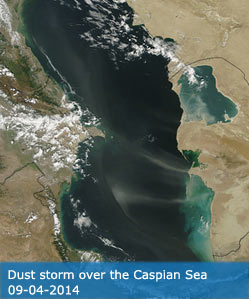Science Team
Publications
Cheng, MH; Penuelas, J; McCabe, MF; Atzberger, C; Jiao, XY; Wu, WB; Jin, XL (2022). Combining multi-indicators with machine-learning algorithms for maize at the-level in China. AGRICULTURAL AND FOREST METEOROLOGY, 323, 109057.
Abstract
The accurate and timely prediction of crop yield at a large scale is important for food security and the development of agricultural policy. An adaptable and robust method for estimating maize yield for the entire territory of China, however, is currently not available. The inherent trade-off between early estimates of yield and the accuracy of yield prediction also remains a confounding issue. To explore these challenges, we employ indicators such as GPP, ET, surface temperature (Ts), LAI, soil properties and maize phenological information with random forest regression (RFR) and gradient boosting decision tree (GBDT) machine learning approaches to provide maize yield estimates within China. The aims were to: (1) evaluate the accuracy of maize yield prediction obtained from multimodal data analysis using machine-learning; (2) identify the optimal period for estimating yield; and (3) determine the spatial robustness and adaptability of the proposed method. The results can be summarized as: (1) RFR estimated maize yield more accurately than GBDT; (2) Ts was the best single indicator for estimating yield, while the combination of GPP, Ts, ET and LAI proved best when multi-indicators were used (R-2 = 0.77 and rRMSE = 16.15% for the RFR); (3) the prediction accuracy was lower with earlier lead time but remained relatively high within at least 24 days before maturity (R-2 > 0.77 and rRMSE < 16.92%); and (4) combining machine-learning algorithms with multi-indicators demonstrated a capacity to cope with the spatial heterogeneity. Overall, this study provides a reliable reference for managing agricultural production.
DOI:
10.1016/j.agrformet.2022.109057
ISSN:
1873-2240




